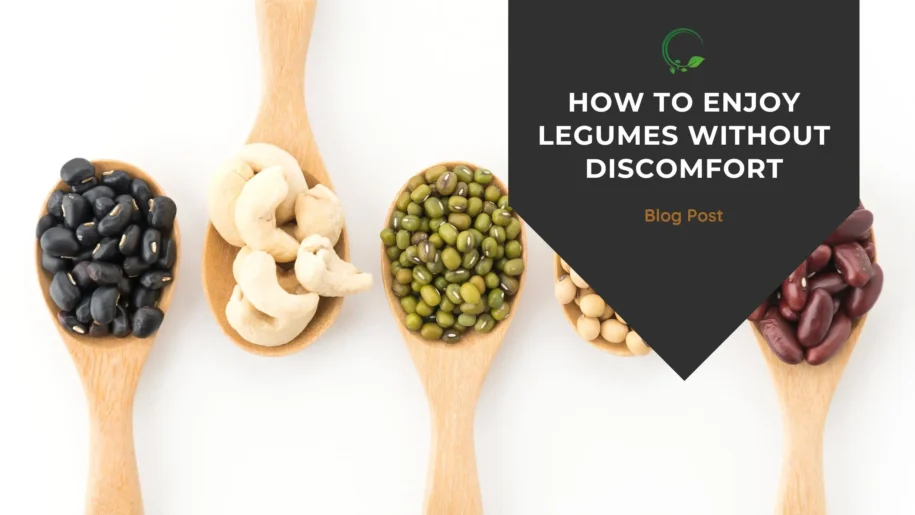Legumes are nutritional powerhouses, packed with fiber, protein, and essential nutrients. However, for many, they come with an unwelcome side effect—gut discomfort. Symptoms like bloating, gas, or diarrhea can make people hesitant to include them in their diet. The good news? There are simple steps you can take to gradually build your tolerance to legumes and enjoy their many health benefits without the discomfort.
1. Start Small and Gradual
Jumping straight into large portions of legumes when your body isn’t used to them is a common mistake. If you’re not accustomed to eating legumes, start with small amounts, such as 1-2 tablespoons every couple of days. Gradually increase the quantity as your gut adapts. Over time, your gut bacteria will adjust to digest legumes more effectively, reducing the likelihood of discomfort. Think of it as training your digestive system!
2. Choose Tinned Legumes and Rinse Well
Canned legumes are a fantastic option for those new to incorporating these foods into their diet. They contain fewer galacto-oligosaccharides (GOS)—compounds that often cause bloating and gas—compared to dried legumes. To further reduce GOS, rinse canned legumes thoroughly under running water for at least 10 seconds. If you’re especially sensitive, start with options like canned chickpeas, lentils, or kidney beans, as these are lower in GOS.
3. Experiment with Chickpea Pasta
Pulse-based pastas, such as chickpea pasta, are a great introduction to legumes, as they tend to be lower in GOS. They’re also versatile and easy to incorporate into meals. Try pairing chickpea pasta with your favorite sauces, such as pesto, roasted vegetables, or a classic marinara for a delicious and gut-friendly dish.
4. Understand Normal vs. Excessive Bloating
Some bloating after eating legumes is completely normal. Legumes are rich in prebiotics, which act as fuel for your gut bacteria, promoting a healthy microbiome. During fermentation, prebiotics naturally produce gas, leading to mild bloating. However, if the bloating is excessive or accompanied by pain, it’s a sign to adjust your intake and follow strategies like smaller portions or rinsing.
Legumes are worth the effort to incorporate into your diet, offering countless health benefits for your gut and overall well-being. With these simple tips, you can gradually build your tolerance and enjoy legumes as a staple in your meals.
For personalized advice on nutrition and gut health, connect with a professional dietitian who can help tailor a plan to your unique needs.

